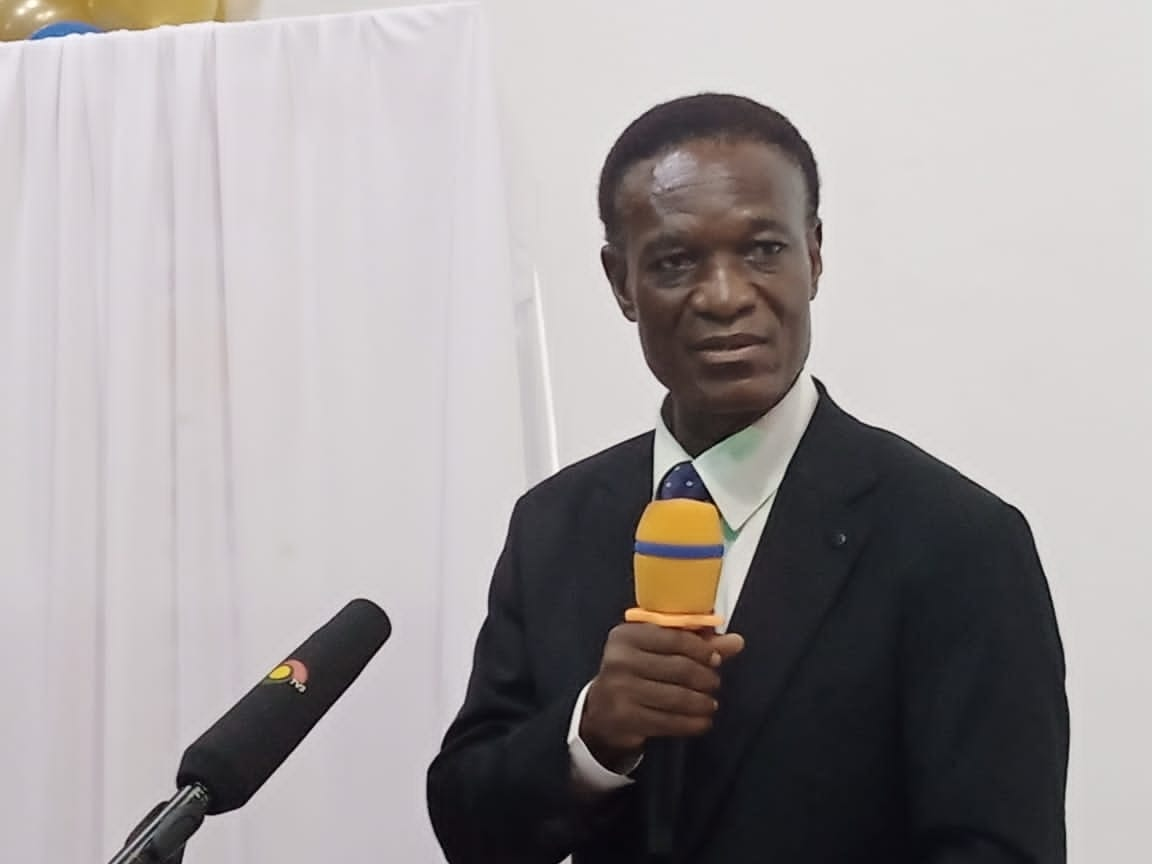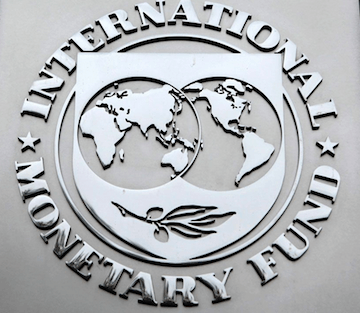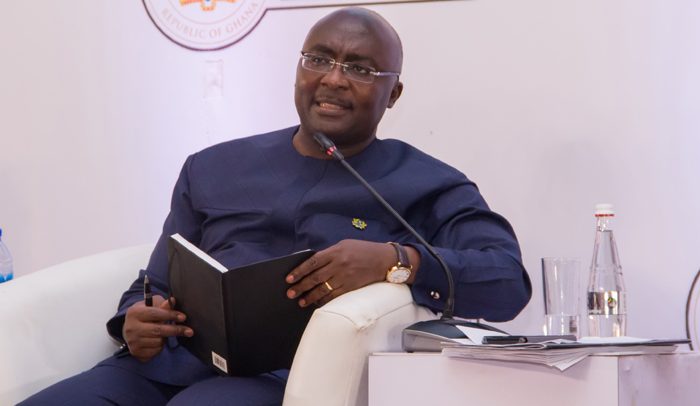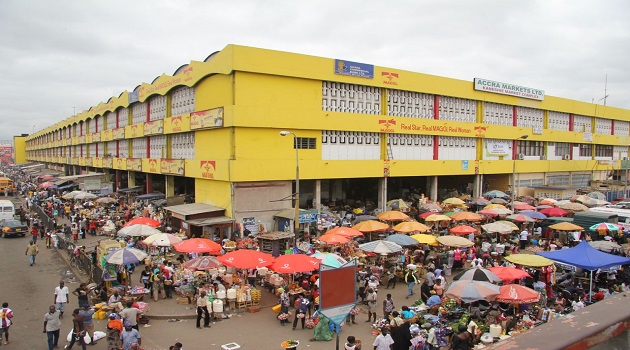
The recently released GDP data from the Ghana Statistical Service shows that the economy expanded by 6.6 per cent on a year-on-year basis in the first quarter of 2017, relative to 4.4 per cent in the same period a year earlier.
The Bank of Ghana's (BoG's) leading indicator of growth, the Composite Index of Economic Activity (CIEA), also suggests some pickup in economic activity-- mainly driven by exports, construction and credit to the private sector-- in the first five months of 2017, relative to the same period in 2016.
The latest business and consumer confidence surveys, conducted by BoG in June, have also broadly reflected positive sentiments in the direction of the economy.
The Governor of the Bank of Ghana, Dr Ernest Kwamina Yedu Addison, made these known at a news conference in Accra, yesterday, the stronger growth outcome was largely driven by increased crude oil production while the non-oil sector growth was weaker turning in at a modest 3.9 percent in the first quarter of 2017, against 6.3 percent recorded for the same period of last year--even though the lower non-oil growth continues to reflect low activity in the services sector.
Dr Addison said the policy initiatives outlined in the 2017 budget were expected to help economic activity pick up and result in much improved growth outcomes.
According to Dr Addison, consumer price inflation had also steadily trended downwards since September 2016 partly due to policy tightness, relative stability in the exchange rate and some favourable base drift effects.
Headline inflation, he said, had declined from 13.0 percent in April 2017 to 12.6 percent in May and subsequently to 12.1 percent in June.
Furthermore, he said, BoG's measure of core inflation, which excluded energy and utility price changes from the consumer basket, core inflation fell to 13.3 percent in May From 13.7 percent in April 2017 and further to 12.8 percent in June, with the results of the latest surveys conducted by the Bank pointing to further decline in inflation expectations.
These trends in headline, core and inflation expectations, Dr Addison said, suggested that Inflation was expected to continue on its gradual deceleration path towards the medium-term target of 8±2 percent in 2018.
He said total liquidity measured as broad money supply (M2+) continued toexpand on an annual basis driven mainly by the net foreign assets of the banking system while road money supply (M2+) grew by 23.7 percent in May 2017 compared to 16.8 percent a year earlier.
He disclosed that on a year-on-year basis, bank credit to the private sector and public institutions increased by GH¢5.1 billion (16.4% y/y growth) compared with GH¢2.5 billion (11.3% y/y growth) for the same period in 2016 and that of the total credit flow, the private sector accounted for 86.5 percent.
In real terms, Dr Addison said, credit to the private sector rose by 3.2 percent in May 2017, against 7.4 percent contraction over the same period last year.
He said the credit conditions survey conducted by the Bank in June 2017, showed some tightening of credit conditions for enterprises and households as banks began to clean their books and reclassify their loan portfolios following the industry-wide comprehensive asset quality review exercise that ended in December 2016.
However, according to Dr Addison, overall, the banking sector remains sound, well capitalized and liquid, although the quality of lending weakened over the last few years with non-performing loans reaching 21.7 per cent in May 2017.
He disclosed that following the Asset Quality Review (AQR), the Bank of Ghana had been implementing a roadmap for recapitalization which required thefew banks which did not meet the minimum capital adequacy ratio to submit capital restoration plans.
He gave the assurance that the implementation of the roadmap was on course, adding that most of these banks had met the minimum requirement while a few are on course to doing so within the stipulated timeframe.
Dr Addisson disclosed that implementation of the budget for the first four months of the year had remained broadly in line with the set target while fiscal operations for the year to April 2017 resulted in a cash deficit of 1.5 per cent of GDP, within the set target of 2.2 per cent, mainly due to expenditure controls even as revenue fell below target.
He said Provisional data showed that total revenue and grants for January to April 2017 were 5.4 percent of GDP against a target of 6.5 percent and that total expenditures, including arrears clearance was 6.6 percent of GDP compared with a budgeted estimate of 8.3 percent, adding that Financing of the deficit, equivalent to 1.5 percent of GDP was mostly from domestic sources.
He disclosed that the total public debt at the end of May 2017 stood at GH¢137.2 billion from GH¢122.6 billion at end 2016 while the total stock of the domestic debt stood at GH¢63.9 billion, with the external debt beingGH¢73.3 billion.
Dr Addissopn explained that the increase in the debt stock was on account of the issuance of long-dated domestic bonds in line with government's debt management strategy of re-profiling the public debt as well as extending the yield curve.
On Ghana's external position at the end of June 2017, Dr Addison said there was an improvement in line with medium-term macroeconomic fundamentals, with developments in the trade account over the first half of 2017 reflecting higher export receipts arising from increased production volumes in gold, cocoa and crude oil.
He said the recovery in exports combined with declining imports, resulted in an estimated trade surplus of 3.1 percent of GDP, compared with a trade deficit of 3.3 percent recorded last year.
Provisional estimates of the balance of payments for the first quarter of 2017, Dr Addison said, indicated a current account surplus of US$317 million (0.7%of GDP), a turnaround from the current account deficit of US$577 million (1.4% of GDP) in the same period of 2016.
He said the capital and financial account, however, recorded a net outflow of US$523 million (1.1% of GDP) due to lower official inflows which offset the current account surplus.
According to the Governor o the Bank of Ghana, these developments resulted in a slightly improved overall balance of payments deficit of US$390 million (0.8% of GDP) compared with the deficit of US$449 million (1.1% of GDP) a year ago.
He said foreign exchange market conditions remained stable, supported by improved liquidity conditions, the trade surplus and increased reserves.
According to Dr Addison, in the year to June 2017, the Ghana cedi recorded a depreciation of 3.7 percent against the US dollar, compared with a depreciation of 3.3 percent reported in June 2016.
Meanwhile, He said Gross International Reserves stood at US$5.9 billion, translating into 3.4 months of import cover at end June 2017, compared with US$4.9 billion (2.8 months of import cover) at end December 2016.
Source: ISD (G.D. Zaney)
Read Full Story

























Facebook
Twitter
Pinterest
Instagram
Google+
YouTube
LinkedIn
RSS